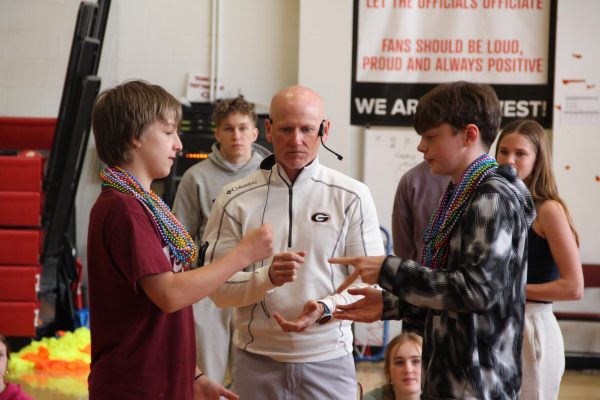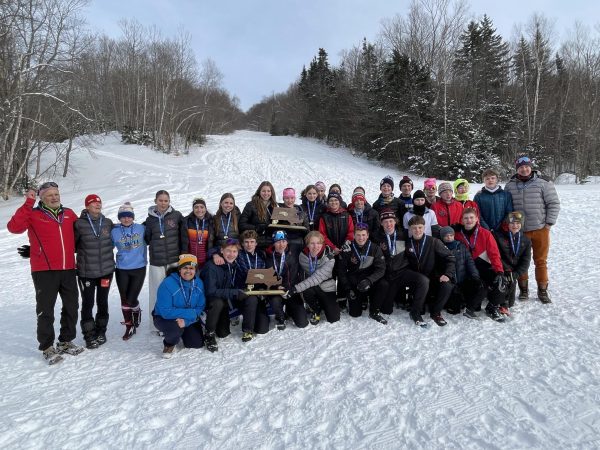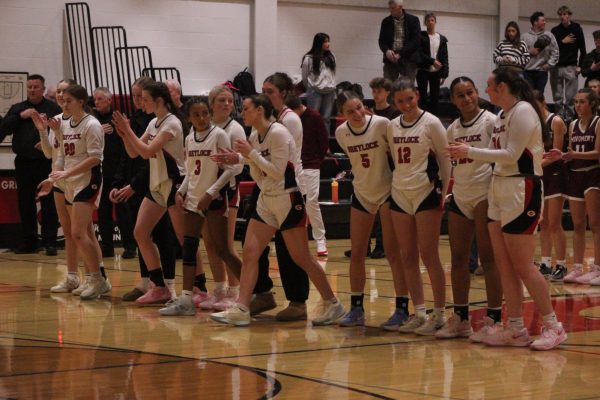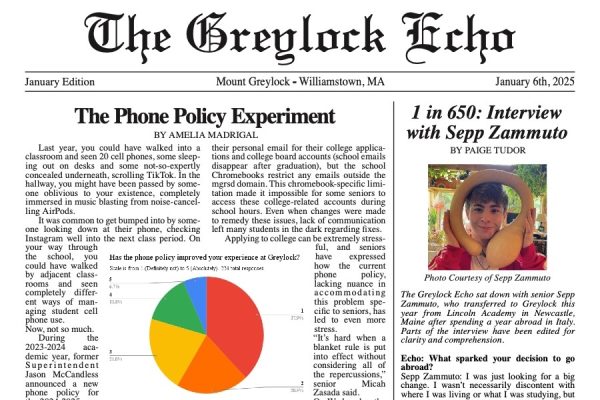Visual Literacy in History Classes
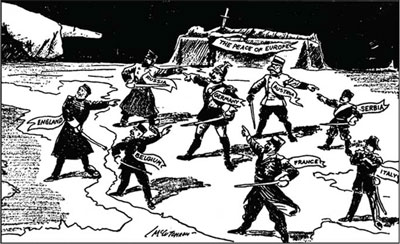
On January 22, Mt. Greylock social studies teachers passed out a group of pictures for students to interpret. The visuals varied from class to class depending on curriculum and were meant to improve visual literacy and analytical skill among students. “Usually we associate literacy with decoding the written word,” said Jeffrey Welch, head of the Social Studies Department at Mt. Greylock. Welch believes that the world is “image rich” and believes that emphasizing visual literacy is a good way for students to be able to “look at [a visual] and learn from it.”
Visual literacy has always been part of the common core for history teachers, but recently schools across the country have put increased emphasis on the skill is spreading across the country. This national emphasis is in part driven by the new changes in format of many of the AP History tests.
Welch said that the teachers “have decided to try and develop [visual literacy] in our students in a more formal way.”
This year is the pilot of formally teaching visual literacy. In the future, the plan is to distribute one of these literacy tests in the beginning of the year and one at the end to accurately gauge students’ improvement in visual literacy.



